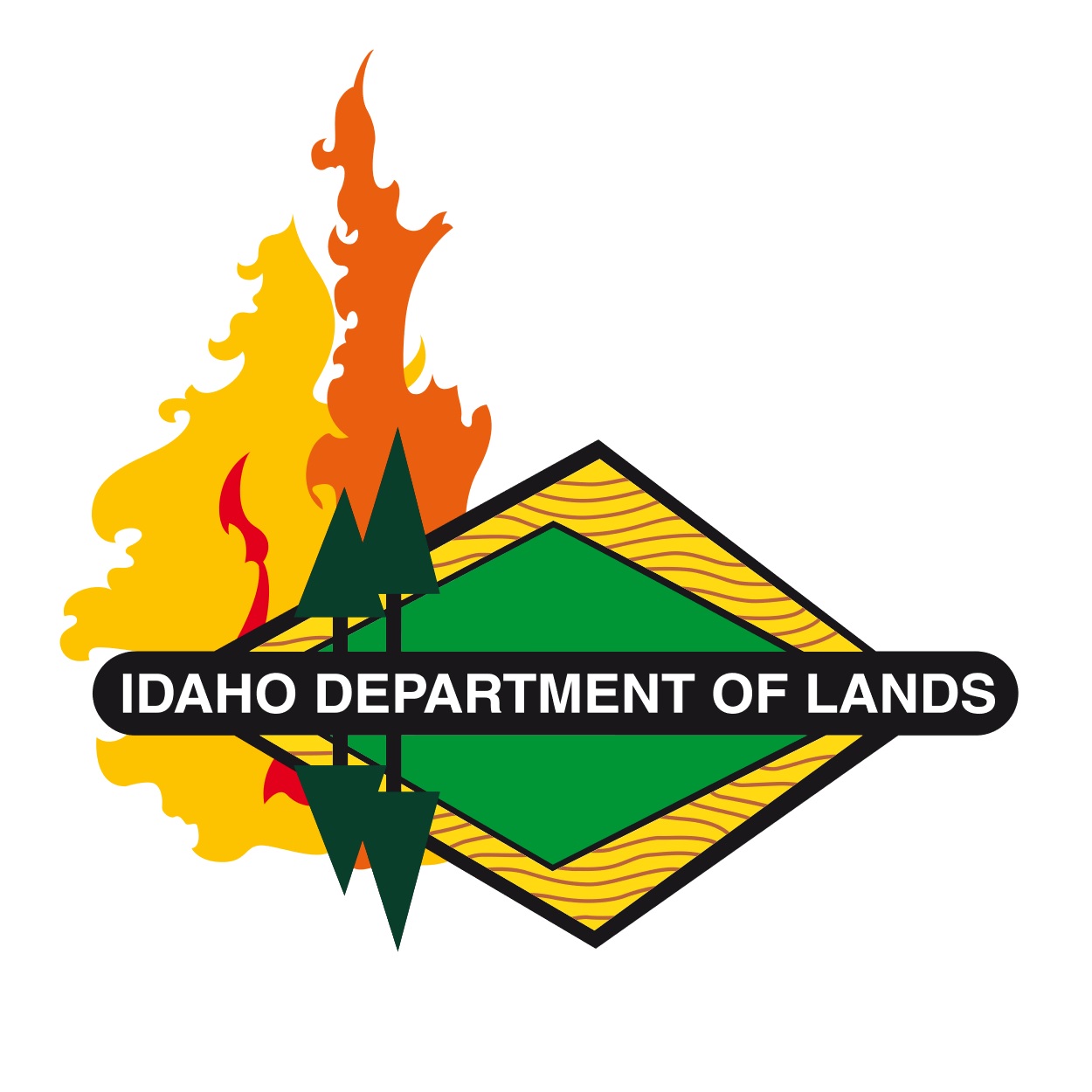Idaho’s next steps in shared effort to reduce wildfire risk and epidemics of forest disease
Tuesday November 10, 2020(Boise, Idaho) –The Idaho Department of Lands and the USDA Forest Service are part of a shared effort in a literal sense. They are sharing staff, funding, and are joining with a governor-appointed advisory group committee to identify mutual priorities and cross-boundary forest management opportunities.
This group effort known as “Shared Stewardship” is taking place in many states, and Idaho’s “No Boundaries Forestry” approach is addressing more than 6 million acres of Idaho’s forestlands that are designated as “high risk” for potential catastrophic wildfire and insect and disease outbreaks. View priority areas: https://idl.maps.arcgis.com/apps/webappviewer/index.html?id=2793eac74ba346af874be1542320e46b
New foresters have been hired, there is a statewide Shared Stewardship Coordinator, new dual-agency staff, and both agencies are dedicating annual funding toward the effort. The first two years have already shown progress, including these projects:
Idaho Panhandle National Forests
- The Buckskin Saddle project proposes to increase forest resilience to insects, disease, drought and the undesirable effects from wildfires. Especially important to local citizens is the reduction of hazardous fuels near private land, routes, and powerlines. This project has identified 19,686 acres of treatment with implementation scheduled in 2021. Fuels reduction treatments have occurred on over 38 acres of private land surrounding a small at-risk community on Lake Pend Oreille surrounded by National Forest land.
- The Scattered Lands project proposes to decrease hazardous fuels to reduce wildfire risk to people, private lands, and resources. This project will integrate fuels and harvest treatments in coordination with partners to maximize results. Approximately 6,960 acres have been identified for treatment with implementation to begin in fall 2021. In addition, federal grants will fund fuels reduction on almost 1,700 acres of private forestlands surrounding hundreds of homes over the next five years on private lands in Bonner County adjacent to the National Forest.
Payette National Forest, Granite Meadows Project Area
- Granite Meadows is in the early development stages and includes vegetation and recreation management and watershed restoration. A key component of the project is to reduce the risk of wildfire and create a diverse and resilient landscape across jurisdictional boundaries. The project will incorporate commercial timber harvest and hazardous fuel reduction treatments that include prescribed fire, pile burning, and thinning across the National Forest.
Boise National Forest, Sage Hen Project Area
- Proposed treatments will improve vegetation conditions and resiliency to uncharacteristic disturbances, restore watersheds, improve and manage recreational opportunities, and support local and regional economies.
- In an unprecedented tree-mortality event caused by a large outbreak of Douglas-fir tussock moth, cross-boundary salvage operations have removed dead and dying trees and large amounts of fuels on hundreds of acres on the Boise National Forest, on nearby private lands, and on the Packer John State Forest.
IDL staff, Forest Service managers, and Idaho Shared Stewardship Advisory Group members visited both the Sage Hen Project Area and the Packer John State Forest in south-central Idaho Thursday, October 29 to see the results of salvage operations. Download broadcast-quality video and photos of the tour at: https://www.dropbox.com/sh/162bskp90kwmiwd/AABZzOVoWgJlnUrlwC5zX4J6a?dl=0
“It’s incredible to see how both agencies have handled the devastating Douglas-fir tussock moth outbreak,” said Ara Andrea, Idaho Shared Stewardship Coordinator. “We may have different land-use missions in a larger sense, but both IDL and the Forest Service share the goal of healthy forests, and in these examples have removed trees that were dying and susceptible to catastrophic wildfires.”
“Idaho continues to pioneer new, collaborative efforts to protect our citizens and communities from wildfire,” Governor Brad Little said. “Working with our federal partners, private landowners, and many others, the State of Idaho is embracing this innovative Shared Stewardship approach so we can make a meaningful difference in the health of our lands and water.”
This “No Boundaries Forestry” work also depends on the participation of private and industrial timberland owners. “Stimson Lumber’s mission is unique from state and federal land management, as we sustain an active-management policy for our industrial timberlands,” said Tyler Nimke with Stimson Lumber. “But we are dependent on how well-managed neighboring forestlands are when it comes to how resilient and protected our forestlands are. This is why Shared Stewardship is so valuable.”
Idaho’s Shared Stewardship Initiative efforts emerged as a result of collaboration between the State of Idaho and the USDA Forest Service in 2018. The initiative analyzes how to best focus federal and state resources on critically needed treatments on at-risk forests across ownership boundaries.
CONTACT: Robbie Johnson, Public Information Officer, Idaho Department of Lands
208-334-0236/ 208-908-1786

